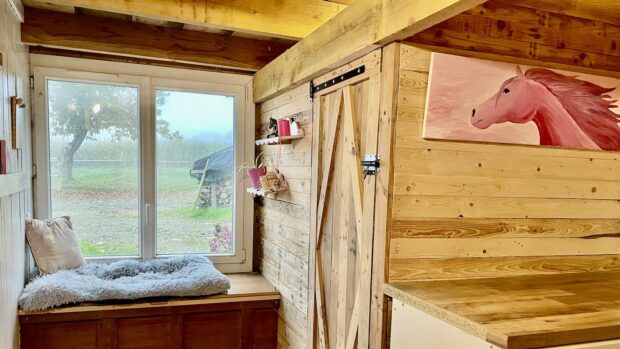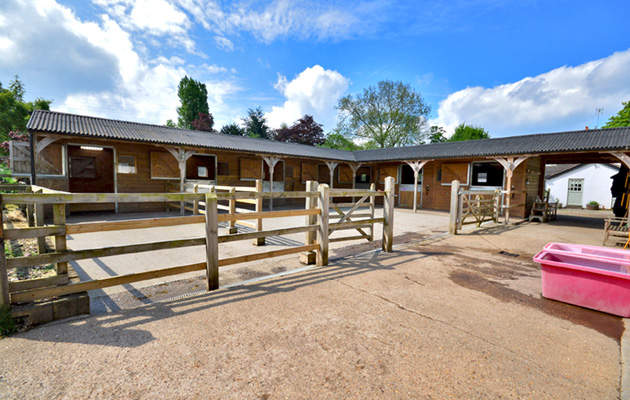To build or not to build: that is the question. If Hamlet had been a rider in search of new stables for his horses, he would have undoubtedly pored over this dilemma.
New purpose-built stables or a tailor-made barn conversion will suit your needs to a tee, but they call for a lot of work. Buying a property with a ready-made yard is hassle-free, but may entail a degree of compromise. So which is the right choice?
Your experience and level of involvement in the sport are the first criteria to evaluate. It makes sense for an established professional to invest some time and resources in making sure the yard fits their competition or business requirements, and works well for eventual clients, too.
Serious amateurs may also want to go down the tailor-made route — especially those with ambitious plans for a competitive future. However, building the perfect yard requires plenty of time.
“It takes a fair amount of research before you commit, unless you take a chance,” says Chris Yates of Bradleys Estate Agents. “Careful thought must be given when siting new, purpose-built stabling on how the yard is to be orientated and how it will work.”
For starters, you will need suitable land. Stables should ideally stand on well-draining soil within reach of the paddocks and should not face into prevailing winds.
And, as Diana Rowell of Churchill Country & Equestrian points out, “the yard must also be close enough to the house or staff accommodation so that if there’s a security problem or a horse goes down with colic in the night, it should be heard”.
If you are planning to convert a spare outbuilding into an American-style barn, you will need to arm yourself with patience and a good tape measure.
“Sometimes old buildings have low beams that don’t give enough headroom for horses. I’d say that 8ft is the minimum height you want because you have to think of ventilation,” says Barbara Fill of stable manufacturer Monarch Equestrian.
The ideal barn has windows that open to the outside and entrance doors wide enough to allow horses in easily.
“Anyone professionally producing animals will also need to be confident that any building they are converting provides an adequate size of stables and aisles,” says Yates.
Once you have found what looks like the right place, some extra sleuthing pays off.
“Try to get local knowledge,” says Fill. “You may find that within a certain area, some places tend to be very wet and muddy. A nearby farmer may be able to tell you.”
Prospective buyers should also sound out the local planning office early on because both new-builds and conversions require planning consent.
“I would never suggest that a buyer should consider a property with land without building permission or a yard already in place,” says Rowell. “Building permission for equestrian use can and is regularly turned down. I would ensure that not only is the yard allowed for, but also the outdoor school, horse box parking and outbuildings for feed and bedding storage.”
Assuming you do get planning permission, there are cost implications to consider because the price of setting up your own stables can easily escalate. Always get detailed quotations, budget for hidden costs and unforeseen problems — and avoid embarking on a building project unless you have good financial planning skills.
“If you want to set up your own stables, make sure you can achieve it financially and you have the time and legal permission to do it,” says Yates.
Otherwise, go for a ready-made yard. It may not be exactly what you want and there may be a premium on it, but you’ll know what you are getting for your money.
View our online database of equestrian property currently on the market >>
SUBSCRIBE TO HORSE & HOUND AND SAVE Enjoy all the latest equestrian news and competition reports delivered straight to your door every week. To subscribe for just £1.43 a copy click here >>
|




